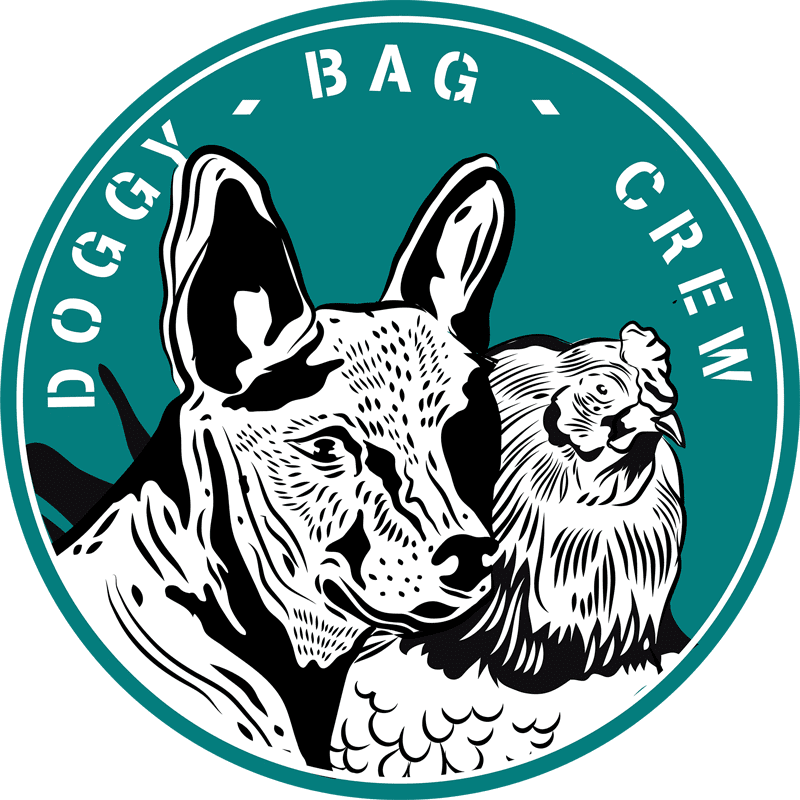Adoption conditions
The DoggyBagCrew has decided to assist the volunteers of Nafpaktos in the search of persons to adopt the animals in its care. Adoption in Greece is difficult, and its visibility limited in the rest of Europe. They can be achieved only with the assistance of international associations.
Are you considering adopting a dog or cat from abroad? It is a very nice gesture and a magnificent adventure ahead of you. You know him/her only from some photos and the little information about their past.
Have you thought about it carefully before deciding? Does your family support this adoption and is your environment suitable? We will of course guide you as carefully as possible, in the selection of your new companion as well as when it will be with you. We will be there to share advice and personal experience with you, advice from professionals, and to provide links for positive training.
IMPORTANT : We remind you that these animals are not dolls or toys or tools. This is primarily about helping them, saving them from living on the streets by welcoming them as individuals in your home and of course responding to their essential needs and their well-being.


Procedure
- It all starts with a first contact which can be on the telephone or an e-mail or the Facebook.
- We then ask you to fill-in a form that will allow us to evaluate your environment as suitable for the animal.
- If everything seems sufficient and you are decided, we organise a visit at home. One of our volunteers will come to your place to discuss the aspects and specifics of the future adoption of your companion.
- If this visit leads to it, the signing of the contract can take place. Note that this signature gives no right of adoption and in case of a problem the association can withdraw from the contract at any instance.
- You will then receive a confirmation of the adoption from the association.
- You can then transfer the fees inherent in the adoption. These include various costs, such as travel expenses and the veterinarian.
- As soon as the fees have been settled, we programme the arrival of the animal.
- These lucky animals usually arrive at Brussels (Zaventem) where you will come directly to collect them and where a member of DBC will be present.
Costs
The contribution per animal varies from one kind to another and depends on the cost of travel.
For a dog this could be around 400e.
This amount includes
- The vaccination
- The electronic chip
- The veterinarian’s declaration of health
- The neutering: animals over 8 months of age are ALWAYS neutered
- The European passport
- The tests for the illnesses which are specific to the country of origin (see also health)
- The costs of travel (pet-taxi, airplane, other)
- Do not hesitate to request further information if necessary
ATTENTION
Although blood tests are undertaken by qualified veterinarians, the results do not guarantee that an illness does not appear at a later stage. The incubation of certain illnesses could last a period of up to 6 months. Bear in mind to have blood tests for your animal after 6 months from the adoption. Puppies not having accumulated sufficient anti-bodies cannot be tested.
Go through ‘health’ for more details.
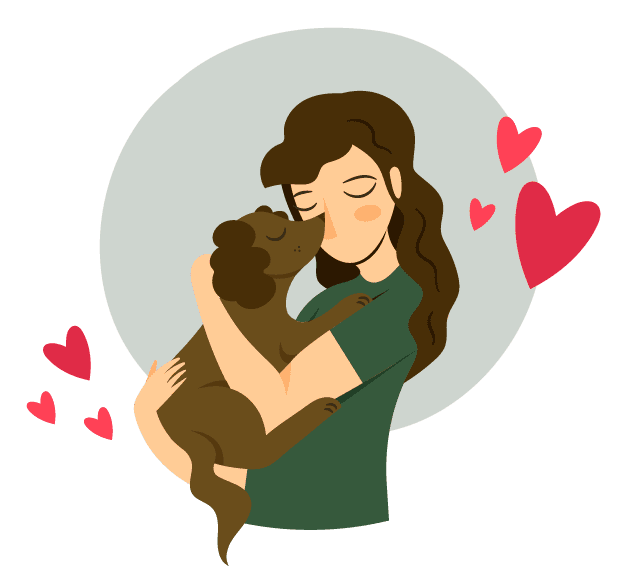

Costs


DOGS
Some of the illnesses in Greece are little known and some non-existent in our countries.
It is important to take note of these, since even if the blood test be negative, the illness could appear after 6 months from adoption.
- Babesiose
- Ehrlichia
- http://www.cliniqueveterinairecalvisson.com/article-veterinaire-72-11-piroplasmose-ehrlichioses-et-autres-maladies-transmises-par-les-tiques
- Giardiose
- https://www.toutoupourlechien.com/giardiose-chien.html
- Ver du cœur
- http://www.cliniqueveterinairecalvisson.com/article-veterinaire-101-12-la-dirofilariose-canine
- Leishmaniose
- http://www.cliniqueveterinairecalvisson.com/article-veterinaire-41-12-la-leishmaniose
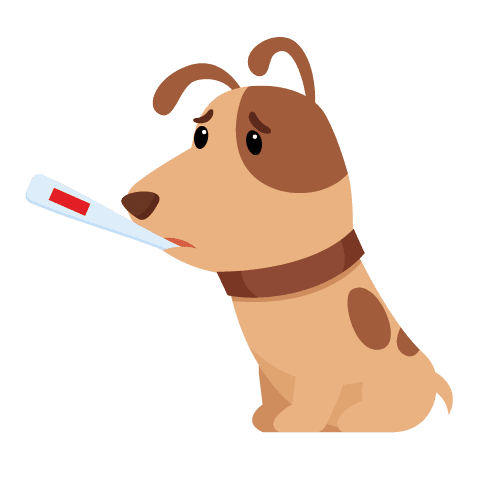

Health



Tips and tricks
The big day has arrived. You are going to collect your companion from the airport. It is always imperative to use a double leash. The first one is attached to the collar and the other one to the well-adjusted harness. Dogs are often not used to them and can become frightened very quickly (specially after their trip). Give the dog the time to observe you, smell you and understand that he will be going with you. Use large leashes that do not cut your hands, and not too short (approximately 2 metres long).
If possible, keep the dog in the cage until you arrive at your place, in order to avoid stressing the dog from the airport, the car park and the car.
if you do not keep the dog in the cage use a specially designed seat belt. Attach the seat belt to the harness rather than the collar for the case of a sudden stop. Do not open the car door before you have taken hold of the leash and then detached it from the seat belt. A dog can slip out of the car and run away very easily.
In the beginning never leave the dog in the garden without watching it. It could easily dig a hole and run away. Make sure there are no openings through which it could pass. If the head can get through, then the body can.
Do not let the dog run freely in the park of the forest during the first months. Make sure you have established a good relation with the dog and that he listens to you.
At home be careful when you open the front door and make sure that the dog cannot slip out of the house.
Keep the doors closed.
Now that there is a dog in the house make sure to close the doors and the garden gate. This will avoid a lot of suffering since a dog that runs away is a tragedy for you but mainly for the dog.
Lost?
In case the dog disappears contact the shelters in your region, the police station and your veterinarian. Let us also know of the disappearance. Sites and Facebook pages for lost animals also exist. The PetAlert site for instance, allows you to signal the disappearance of your dog.
An announcement will subsequently appear on the Facebook page related to the zone of disappearance. This site also allows the signalling of any animal found or sighted.
Dogs learn by cooperation rather than by avoidance. Positive training consists in reinforcing good behaviour and in creating or maintaining a good inter-species relation (between humans and dogs) on the basis of respect. Also, in goodwill and the analysis and understanding of canine behaviour.
Dogs that have lived on the streets sometimes have a slight trauma. We strongly advise against correcting the dog or getting angry with it. A short ‘Eh’ is often sufficient to indicate that something is not allowed, without forgetting that praising the dog when it stops doing it, is the best method
The first days it is possible that the dog suffers from diarrhoea. The most common causes are stress from the journey, the change of climate or the food.
Rice! Give the dog food easy to digest, many times a day in small portions. Ideally rice (4 cups of water for 1 cup of rice) adding a flavour cube. Do not through the water away; let it cool down. The water from the rice helps stop the diarrhoea.
Let the dog eat in a calm spot where it is not bothered and where its food is not threatened. The diarrhoea should stop after a few days and you can then give it food twice a day.
In any case if the dog continues to have diarrhoea and/or if this has blood or is sticky, we advise that you consult the veterinarian and conduct comprehensive tests (we advise this anyway). Take along the dog’s passport, so that the veterinarian can see what action has already been taken.
Not to do!
Many people know Cesar Millan from TV. His methods are hostile towards animals and we do not recommend them. Cesar Millan is NOT authorised to practice in a number of countries (including Germany). His methods work quickly because he causes fear in dogs. We do not educate children in this manner, nor dogs.
Not a flexible leash
If the dog still needs to get used to you and its new environment or is frightened it is recommended to avoid leashes of the flexi-roll-out type. These leashes could slip from your hand and the dog risks being frightened and running away because of the noise when it is retracted.
In the beginning do not leave children alone with the dog. A dog could easily get frightened of something or of a circumstance and a child would not be capable of controlling the animal and its reaction. Outside the house the dog’s attitude could differ from that inside the house. It will not necessarily do something bad, but it could be approached by an angry dog and the child would not be able to manage the situation. An adult should always be present. In schools for canines, courses for dogs and children are available. They could be very useful and appreciated by the whole family.


CATS
Some of the illnesses in Greece are little known and some non-existent in our countries.
It is important to take note of these, since even if the blood test be negative, the illness could appear after 6 months from adoption.
- https://lemagduchat.ouest-france.fr/dossier-280-10-maladies-frequentes-chat.html
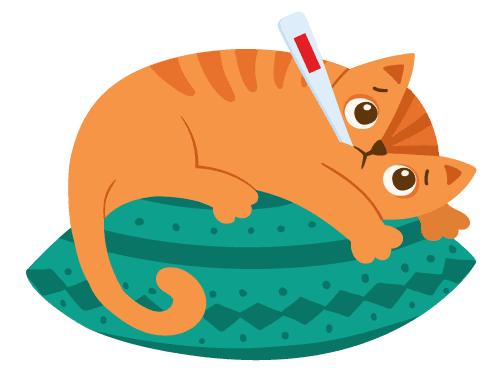

Health



Tips and tricks
The big day has arrived. You are going to collect your companion from the airport. It is always imperative that you leave the cat in the cage until you arrive home. Always make sure that the cage is properly closed since the noise in the airport, the car park and the car are a strong cause of stress for the animal that could try to run away.
Put the cage in the back and secure it with a safety belt so that it stays in place during the duration of the trip. You can cover the cage with a blanket to reduce the stress for the cat.
It is recommended that you leave the cat in the cage for a few minutes when arriving or letting it out in a small room. That will allow time for the cat to get used to the smells in your house. If you have other animals do not let the cat out immediately but leave enough time so that their respective scents mix and each of them gets used to the presence of the other. This can be done by leaving the cat in the cage or closing it in a separate room, as already indicated.
If there is access to outdoors (a terrace, a garden, a courtyard, …) never leave the cat go out before three weeks have passed. A cat starts feeling at home after three weeks of co-habitation. If you let it go out earlier it runs the risk of running away, since it will not feel at home yet.
At home if you have to open the front door take care to always make sure beforehand that the cat cannot slip out.
We recommend that you secure the terrace or garden outside the house so that the cat does not run away.
Keep the garden gates closed.
Now there is a cat at home, make sure to close the garden gates firmly. This will avoid a lot of suffering since a cat that runs away is a tragedy for you but mainly for the cat in too many cases.
Lost?
In case the cat disappears contact the shelters in your region, the police station and your veterinarian. Let us also know of the disappearance. Sites and Facebook pages for lost animals also exist. The PetAlert site for instance, allows you to signal the disappearance of your animal.
An announcement will subsequently appear on the Facebook page related to the zone of disappearance. This site also allows the signalling of any animal found or sighted.
